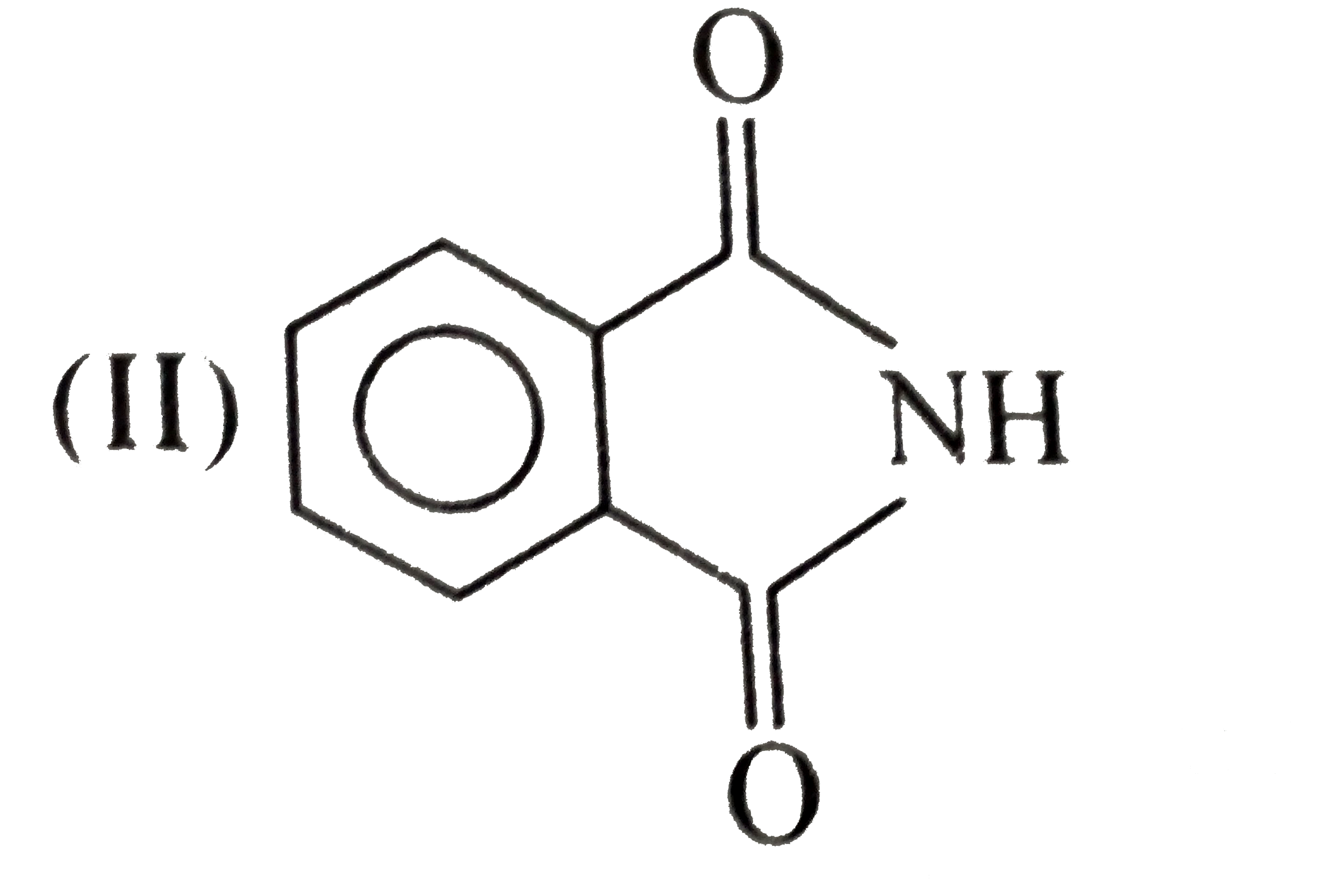Give the decreasing orderof solubility of the following inH2O:
(I)PhNH2,(II)Et2NH,(III)EtNH2
To determine the decreasing order of solubility of the compounds in water, we need to analyze the nature of each compound based on their structure and the presence of hydrophilic (water-attracting) or hydrophobic (water-repelling) groups.
1. Identify the Compounds:
- (I) PhNH₂ (Aniline or Phenylamine)
- (II) Et₂NH (Diethylamine)
- (III) EtNH₂ (Ethylamine)
2. Analyze the Structure:
- Ethylamine (EtNH₂): This compound has one ethyl group and one amine group. The presence of the amine group (-NH₂) makes it hydrophilic, and the ethyl group is relatively small, which allows it to interact favorably with water.
- Diethylamine (Et₂NH): This compound has two ethyl groups and one amine group. Although it still has an amine group, the presence of two ethyl groups makes it bulkier. The larger hydrophobic part reduces its solubility in water compared to ethylamine.
- Aniline (PhNH₂): This compound has a phenyl group (which is large and hydrophobic) attached to the amine group. The bulky phenyl group significantly decreases its solubility in water compared to the other two compounds.
3. Determine the Solubility Order:
- Most Soluble: Ethylamine (EtNH₂) - due to its smaller size and strong hydrophilic character from the amine group.
- Moderately Soluble: Diethylamine (Et₂NH) - less soluble than ethylamine due to increased hydrophobic character from the two ethyl groups.
- Least Soluble: Aniline (PhNH₂) - least soluble due to the large hydrophobic phenyl group.
4. Final Order of Solubility:
- (III) EtNH₂ > (II) Et₂NH > (I) PhNH₂
Summary of Decreasing Order of Solubility:
1. Ethylamine (EtNH₂)
2. Diethylamine (Et₂NH)
3. Aniline (PhNH₂)
- (I) PhNH₂ (Aniline or Phenylamine)
- (II) Et₂NH (Diethylamine)
- (III) EtNH₂ (Ethylamine)
- Ethylamine (EtNH₂): This compound has one ethyl group and one amine group. The presence of the amine group (-NH₂) makes it hydrophilic, and the ethyl group is relatively small, which allows it to interact favorably with water.
- Diethylamine (Et₂NH): This compound has two ethyl groups and one amine group. Although it still has an amine group, the presence of two ethyl groups makes it bulkier. The larger hydrophobic part reduces its solubility in water compared to ethylamine.
- Aniline (PhNH₂): This compound has a phenyl group (which is large and hydrophobic) attached to the amine group. The bulky phenyl group significantly decreases its solubility in water compared to the other two compounds.
- Most Soluble: Ethylamine (EtNH₂) - due to its smaller size and strong hydrophilic character from the amine group.
- Moderately Soluble: Diethylamine (Et₂NH) - less soluble than ethylamine due to increased hydrophobic character from the two ethyl groups.
- Least Soluble: Aniline (PhNH₂) - least soluble due to the large hydrophobic phenyl group.
- (III) EtNH₂ > (II) Et₂NH > (I) PhNH₂
1. Ethylamine (EtNH₂)
2. Diethylamine (Et₂NH)
3. Aniline (PhNH₂)
Topper's Solved these Questions
- ORGANIC COMPOUNDS WITH FUNCTIONAL GROUPBOOK - CENGAGE CHEMISTRY ENGLISHCHAPTER - ORGANIC COMPOUNDS WITH FUNCTIONAL GROUPEXERCISE - Solved Examples
12 Videos
- ORGANIC COMPOUNDS WITH FUNCTIONAL GROUPBOOK - CENGAGE CHEMISTRY ENGLISHCHAPTER - ORGANIC COMPOUNDS WITH FUNCTIONAL GROUPEXERCISE - Exercises Subjective
21 Videos
- NUCLEAR CHEMISTRYBOOK - CENGAGE CHEMISTRY ENGLISHCHAPTER - NUCLEAR CHEMISTRYEXERCISE - Archives Subjective
13 Videos
- P-BLOCK GROUP 15 ELEMENTS - THE NITROGEN FAMILYBOOK - CENGAGE CHEMISTRY ENGLISHCHAPTER - P-BLOCK GROUP 15 ELEMENTS - THE NITROGEN FAMILYEXERCISE - Exercises Archives (Subjective)
28 Videos
Similar Questions
Knowledge Check
Give the correct order of decreasing basicity of the following compounds.
C6H5NH2(I) (C6H5)2NH(II) (C6H5)3N(III) C6H11NH2(IV)AI>II>III>IVBIV>III>II>ICIV>I>II>IIIDIII>II>I>IV
The decreasing order of boiling points of the following is :
(I) RCOCl
(II) (RCO)2O
(III) RCONH2
(IV) RCOOH.
View SolutionThe decreasing order of acidic character of the following is :
(I) CH3SH
(II) CH3OH
(III) H2O
(IV) EtOH.
View SolutionThe decreasing order of the basic character of the following is :
(I) FӨ
(II) NOӨ3
(III) H2O
(IV) CH3OH.
View SolutionArrange the following compounds is increasing order of solubility in water :
C6H5NH2,(C2H5)NH,C2H5NH2
View SolutionThe decreasing order of acidic character of the following is:
(I) Ph−O∣∣C−NH2 (II) (III) PhNH2
(III) PhNH2
View SolutionArrange the following :
i. In the decreasing order of the pKb values:
In the increasing order of solubility in water.
Aniline, (C2H5)2NH, and C2H5NH2
View SolutionThe decreasing order of−I effect of the following is :
(I) CHO
(II) F
(III) OR
(IV) NH2
(V) OH
(VI) Ph.
View Solution
